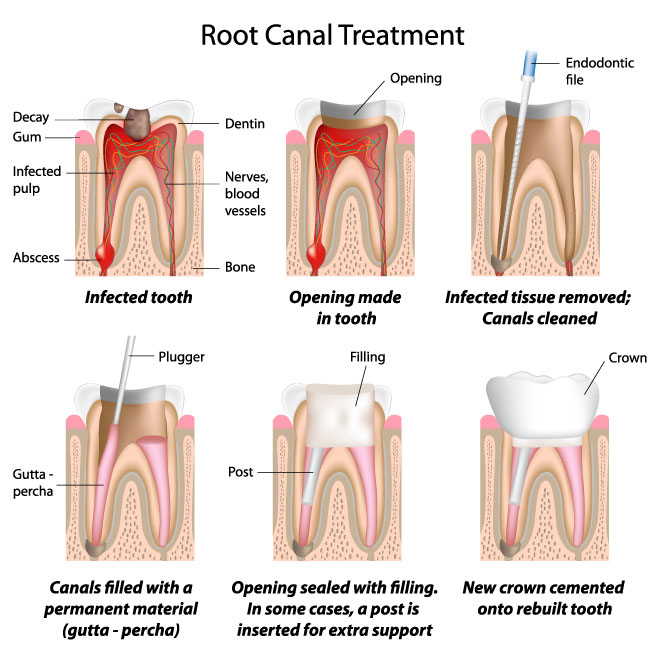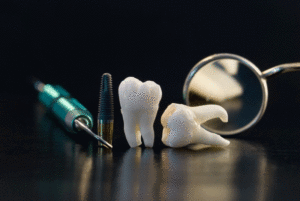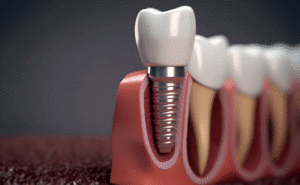Generally speaking, going to the dentist is not everyone’s favorite thing in the world to do. This often becomes even truer when the dentist tells you that you need root canal treatment. To review, a root canal is a treatment to repair and save a badly damaged tooth that consists of repairing decay and removing the infected or diseased pulp. This tooth restoration process involves extensive drilling and filling to achieve the desired outcome.
As you can see, root canals get a bad reputation from most dental patients, but it’s important to separate fact from fiction when it comes to these procedures. With that being said, here are the answers to some frequently asked questions about root canals:
What are some signs and symptoms that may indicate the need for a root canal?
While it’s entirely possible that you may need a root canal for symptoms you aren’t even experiencing yet that are diagnosed via x-ray or clinical exam, some tell-tale signs and symptoms include:
- Lingering sensitivity to hot and cold
- Discomfort during chewing or biting
- Tooth aches and pain
- Discomfort during sleep
How painful with the procedure be?
With today’s advances in dental technology and anesthetics, root canal procedures are not painful at all for the patient during the procedure itself. In the first 24-48 hours following the procedure, however, it is common to feel discomfort when biting or chewing. Over-the-counter pain medication can usually help manage such symptoms.
How long does the procedure take?
Surprisingly, root canals can be done relatively quickly. In fact, some may be able to be completed in as little as 30 minutes. Depending on the difficulty of the tooth anatomy, however, they may take up to two hours. Root canals can usually be performed in a single dental visit.
Is there anything special I need to do following a root canal?
Root canals treat the inside of the tooth, so following the procedure, a temporary filling is administered. Most patients return to the dentist within 6 weeks of the procedure to permanently complete the restoration. For this reason, it’s recommended that patients don’t eat anything sticky or chewy during this 6 week period, as it could pull out the temporary filling or cause other sorts of damage to the tooth.
What are alternative treatments to root canals?
There’s really only one viable alternative – tooth extraction. In fact, that’s the big benefit to having a root canal, as you get to keep your tooth. Extraction can lead to a variety of other dental issues, including drifting teeth, bite issues, TMJ issues and more. The other option is to do nothing at all about the issue, but dentists certainly don’t advise that.
As you can see, while root canals get a bad reputation, they’re really not so bad. Patients feel little to no pain during the procedure, minimal side effects afterwards and are able to retain their tooth. What’s more is that any discomfort or pain experienced before the procedure will be resolved.
For more information about root canals, contact Caven Dental today.



